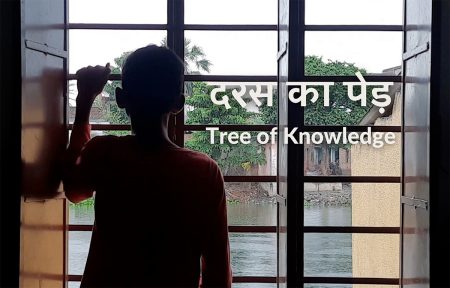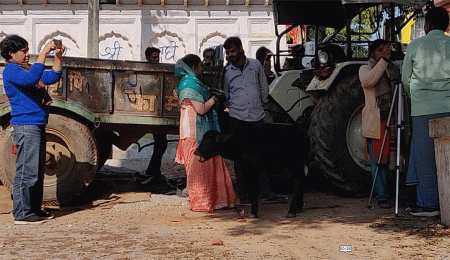Understanding the casteist history of Indian classical dance gave this dancer a hopeful new future.
History syllabi tell us how Bharata thought of this dance at the behest of the gods; in the theory hours we utter slokas listing physical features that make one an ideal dancer, and in the practical classes we strive for angashuddhi (purification of limbs or movements). Straight and straight lines, no deflections, no excess, no flux—everything has to be measured and in proper place, the sari pleats, the strand of hair, the crook of the elbow, the flick of the wrist, the stretch of the calf, the tightness of lips, the size of a smile, the directness of glance, the sadness, the anger—measure and quantify. Don’t be too much—it’s not respectable, it’s not aesthetic, it’s not spiritual.
Spiritual is acceptance of all they say and dancing the way they want. Many choreographies taught to students that you can trace back to hereditary dancers have been edited because the ‘reformers’ didn’t deem the content of the song moral, they crossed the line of “respectability”.
Teaching those rewritten, morphed, truncated choreographies to students, through a language of revivalist nostalgia for a past that never existed, is nothing but a projection of the desire for a Brahminic, patriarchal nation as spiritual. But where this ‘spirituality’ exerts its stranglehold most efficiently is in our mind and gaze.
(Excerpt from ‘I Left the Famous Dance Institute and Learnt to Love Bharatanatyam Again‘).
Rituparna Pal has participated in the EduLog programme with The Third Eye for its Education Edition. EduLog mentored 12 writers and image-makers from India, Nepal and Bangladesh to remember—in the present continuous —their experience of education through a feminist lens.




